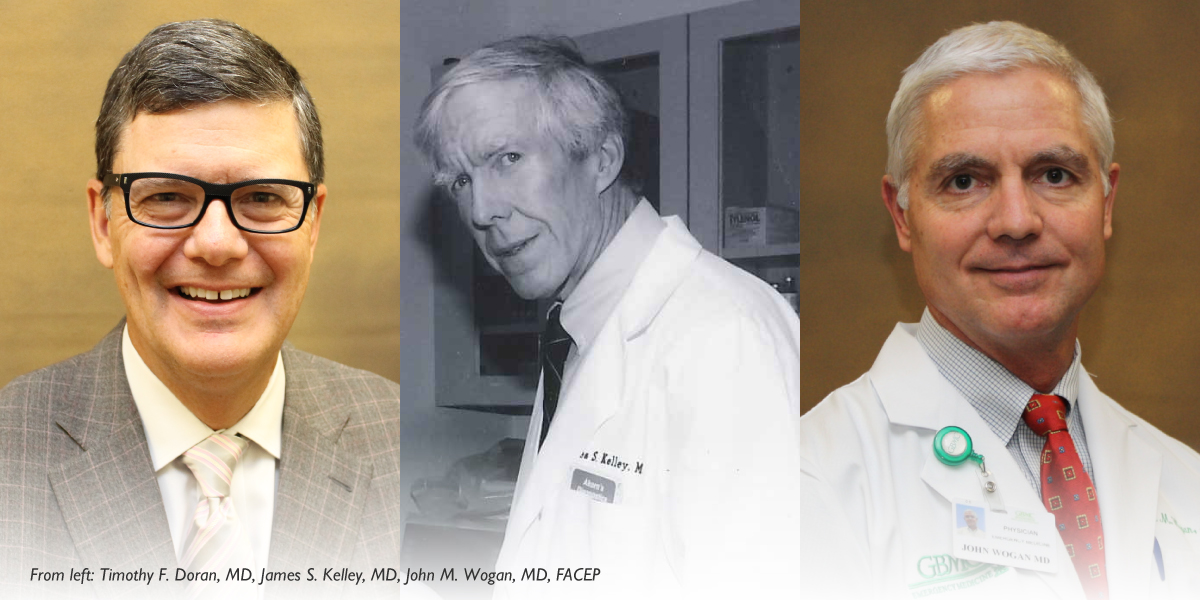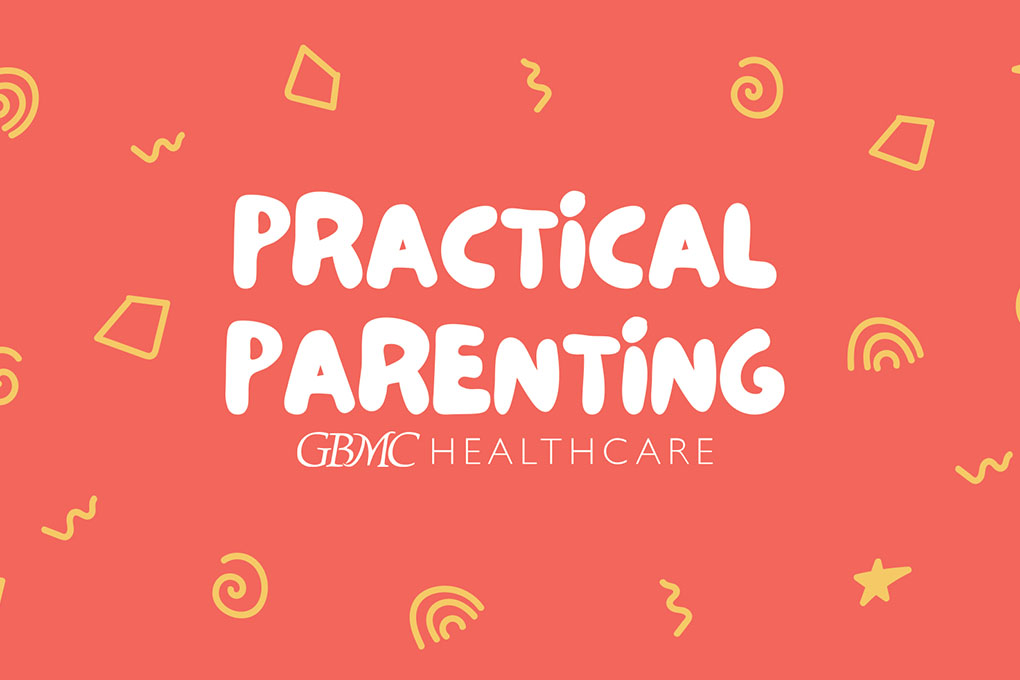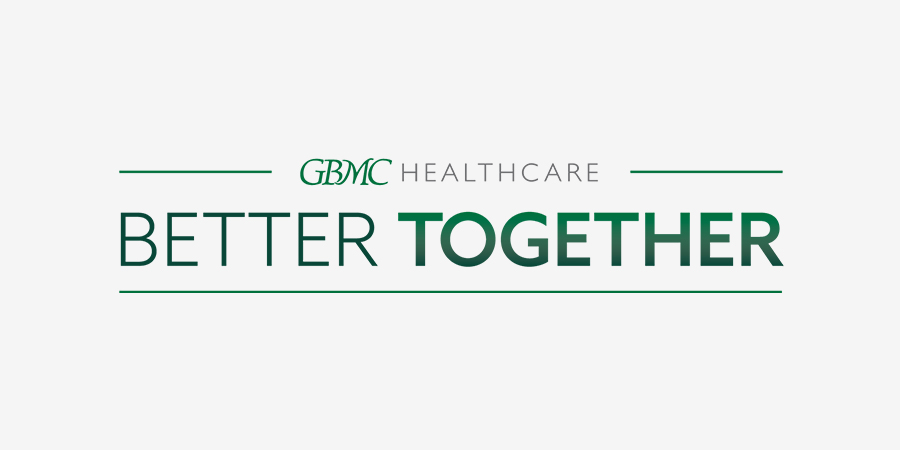GBMC Titans of Care
October 23, 2025
GBMC’s 50th anniversary was the genesis of GBMC’s Physician Titans of Care. They represent the many physicians who have played an integral role in GBMC HealthCare.
James S. Kelley, MD
James S. Kelley, MD, spent 40 years of his career as an active member of the GBMC Department of Ophthalmology, contributing to innovations in retinal disease evaluation and surgical management. Dr. Kelley graduated in 1965 from the Johns Hopkins University Medical School. He was one of the first residents in Ophthalmology at GBMC, serving from 1969-72. He pursued fellowship training at Wilmer Eye Institute and joined GBMC’s Chairman of Ophthalmology, Richard Hoover, MD, in private practice.
Dr. Kelley developed a reputation as a fine surgeon and an innovator for surgical techniques in both cataract and vitreoretinal surgery. He was the first GBMC ophthalmic surgeons to adopt phacoemulsification – a novel cataract surgery technique that was difficult to learn and even more complex to teach. Dr. Kelley took many residents through their “first phaco” and continued generously to give his time teaching generations of residents and members of the resident clinic staff.
With retinal photographer Mark Metzler, Dr. Kelley Ophthalmology as a referral center for fundus photography. He worked to develop the technique of fluorescein angiography and, published the first American Academy of Ophthalmology paper on fluorescein angiography in 1971. This technique allowed scientists to better elucidate the causes of retinal vascular diseases and gain a better understanding of diseases such as diabetic retinopathy and sickle cell.
Timothy F. Doran, MD
Timothy F. Doran, MD, has been a transformational GBMC physician leader for the past 25 years, extending into his retirement. Recruited as the Chair of Pediatrics in 1999, Dr. Doran also chaired the CME and Library Committee for the duration of his chairmanship and led the hospital leadership committee from 2006-2015.
Dr. Doran combined GBMC’s pediatric emergency department (ED) and inpatient unit, a novel approach for a community hospital. The unit was immediately successful and tripled the pediatric ED volume in its first four years. He created and staffed the combined unit while maintaining a thriving half-time pediatric practice and establishing the GBMC Pediatric Group. Dr. Doran was named to Baltimore Magazine’s Top Docs for 19 of the 20 years he was Chair.
The GBMC Pediatric group taught outpatient pediatrics to the Johns Hopkins University School of Medicine (JHUSOM) medical students. Dr. Doran was an Assistant Professor in the Department of Pediatrics at JHUSOM and was honored with the Alpha Omega Alpha Volunteer Clinical Faculty Award in 2016 for his outstanding clinical teaching of medical students. He was active in the Maryland Chapter of the American Academy of Pediatrics (AAP) as Chapter President and Chair of the Nominating Committee of the national AAP and was honored as the Pediatrician of the Year by the Maryland Chapter of the AAP in 1998.
Dr. Doran recruited Dr. Susan Aucott, the former Director of the Neonatal Intensive Care (NICU) at the Johns Hopkins Hospital to lead the Division of Neonatology at GBMC and convert the GBMC NICU to 24 /7 full time neonatologist coverage.
In 2009, Dr. Doran chaired the Advisory Committee to the Board of Directors of Gilchrist on the care of infants, children, and adolescents in hospice. The committee evolved to coordinate the participation of GBMC, Johns Hopkins Hospital, the University of Maryland, and Sinai Hospital in the care of pediatric patients of 11 regional hospice programs.
John M. Wogan, M.D., FACEP
With a tenure spanning nearly three decades in the Emergency Department (ED), John M. Wogan, MD, FACEP, stands among the most influential clinical leaders in GBMC’s history. As Chair of Emergency Medicine from 1999 to 2008, and a core attending from 1994 until his retirement in 2022, Dr. Wogan was known for his uncompromising clinical standards, strategic vision, and unshakable dedication. He was instrumental in one of the most significant infrastructure advancements at GBMC: the design and construction of the hospital’s current ED. This space – modern, efficient, and built for high-volume, high-acuity care – continues to serve as a model of thoughtful design aligned with operational excellence.
In the late 1990s, Dr. Wogan’s led a comprehensive modernization of the ED clinical staffing model, transitioning to a team of board-certified, residency-trained emergency physicians and transforming both the quality of care and the culture of the department. He was also the first to introduce physician assistants into the emergency care team and launched GBMC’s first scribe program. The innovative partnership he developed with Towson University was featured in The Baltimore Sun as a model of academic collaboration and operational innovation.
Beyond his clinical expertise, vision, and personal warmth, Dr. Wogan was widely admired as a steady, principled, collaborative leader. He designed and implemented GBMC’s current medical staff peer review system – still in use today – a major institutional milestone that required trust, transparency, and political skill. His service on the Medical Board, the Board of Directors Quality Committee, and as Vice Chief of Staff further extended his legacy, in the systems he built, and in the culture of respect and excellence he helped cultivate.

